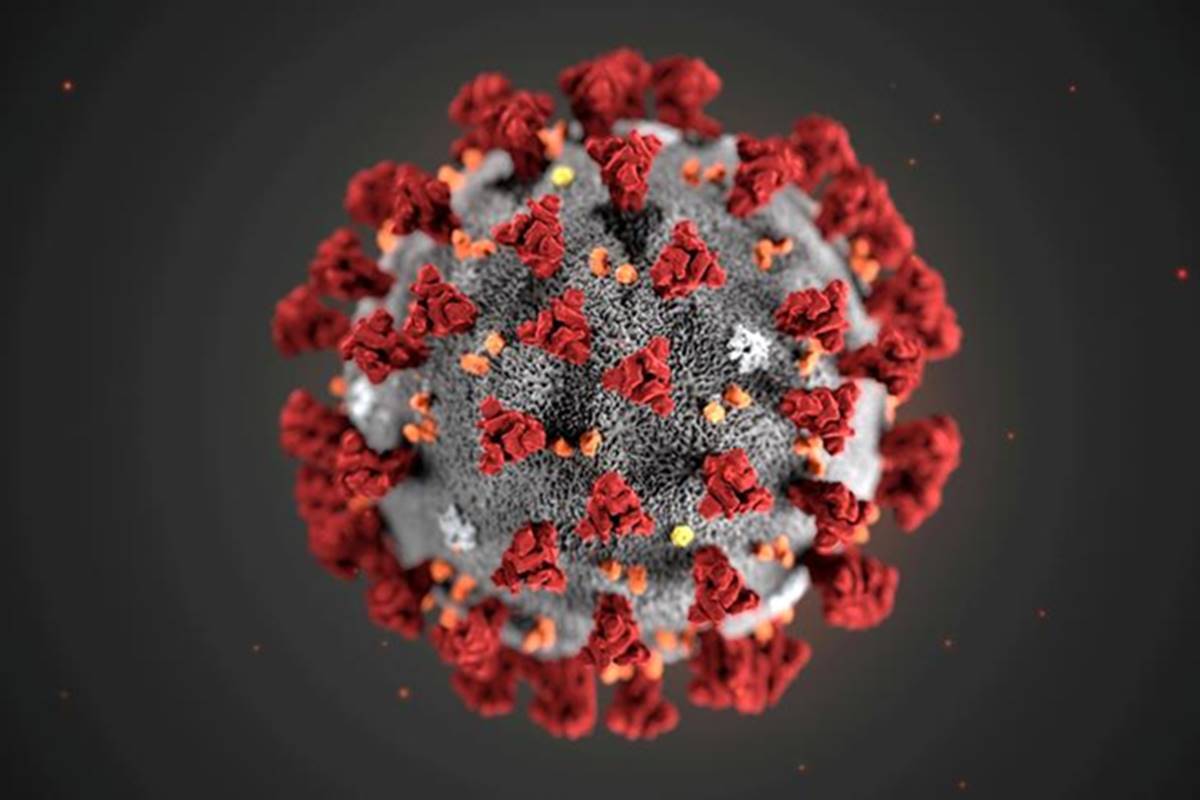A recent study of The Lancet finds that the rapid development of vaccines against coronavirus which is the biggest achievement of science in the fight against the current pandemic. Despite the efficacy and safety of the vaccine which has been demonstrated in large clinical trials, recent safety signals have been reported highlighting the importance of post-marketing surveillance with study populations larger than those of the trials, and representative of populations receiving vaccines as part of routine clinical practice.
Safety concerns regarding the vaccine have led some European countries (eg, Denmark) to minimise its use, with other countries recommending the switch from the trial-tested homologous booster to a heterologous booster, such as with BNT162b2.3 This recommendation has come as a surprise to some, because abundant data on more than 9 million people suggested a much-reduced risk of thrombotic events with the second dose.
In contrast, the evidence for the effectiveness and safety of heterologous vaccination regimens remains limited, and based on small phase 2 trials and cohort studies including fewer than 500 participants.
Just published @TheLancet
Largest mix-and-match, randomized, clinical vaccine trial of people with AZ first dose, Pfizer 2nd dose. Safe and notable improved neutralizing antibody and T cell response with mix vs controls (no 2nd dose) https://t.co/L7XjnJXiDC pic.twitter.com/66MDN21j3R— Eric Topol (@EricTopol) June 25, 2021
In The Lancet, Alberto Borobia and colleagues7 report the first results of a phase 2 trial in five university hospitals across Spain assessing the immunogenicity and reactogenicity of the BNT162b2 vaccine administered as second dose in people primed with ChAdOx1-S. The study included 676 adults aged 18–60 years (mean age 44 years [SD 9]; 382 [57%] women and 294 [43%] men) followed up for 14 days, and showed that BNT162b2, given as a second dose 8–12 weeks after a first dose of ChAdOx1-S, induced a robust immune response and mild reactogenicity.
This trial compared this heterologous vaccine regimen to no booster vaccination, and the lack of a homologous vaccination comparator is a limitation of the study,8 because it does not allow for a direct comparison of the vaccination schedules used in current clinical practice. As in most phase 2 trials, the study has limited representativeness with strict eligibility criteria, including the exclusion of vulnerable and elderly people. This decision is in discord with the global prioritisation of these groups for vaccination.
The high immunogenicity reported by Borobia and colleagues is promising, with 100% of participants exhibiting neutralising antibodies 14 days after BNT162b2 administration. Heterologous schedules are of interest for numerous reasons, including logistical considerations and clinical efficacy. The approval of heterologous vaccination will be an opportunity to make vaccination programmes more flexible in response to fluctuations in supply, which is of particular importance for countries with scarce vaccine access and in countries where different vaccines might become available at different times.9 Heterologous regimens also have the potential to produce a stronger response,10 therefore leading to higher efficacy. Finally, it is predicted that mixing vaccines will be necessary with the appearance of new SARS-CoV-2 variants.
Beyond efficacy, safety has been stated to be a key motivator for the use of heterologous vaccination regimens in people primed with ChAdOx1S. However, most of the adverse events listed by regulatory agencies in safety surveillance of COVID-19 vaccines are extremely rare.11 These events can only be detected in ongoing studies including hundreds of thousands, or millions, of people. The small sample size and short follow-up of the study by Borobia and colleagues did not allow for a full assessment of the safety of the proposed heterologous vaccination regimens.











